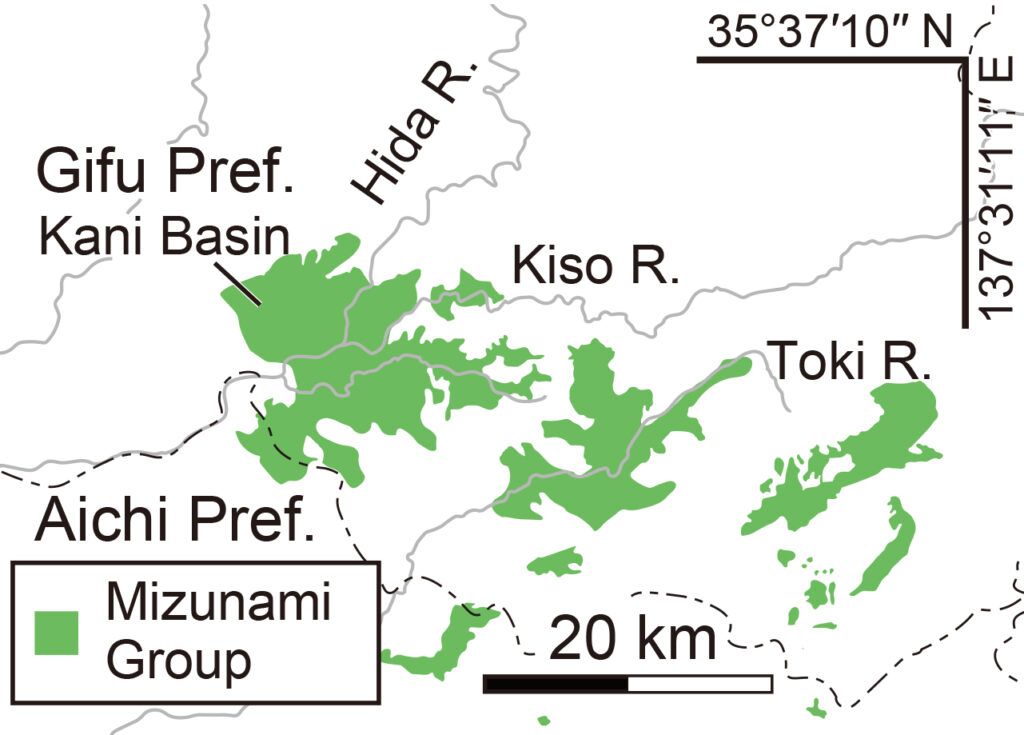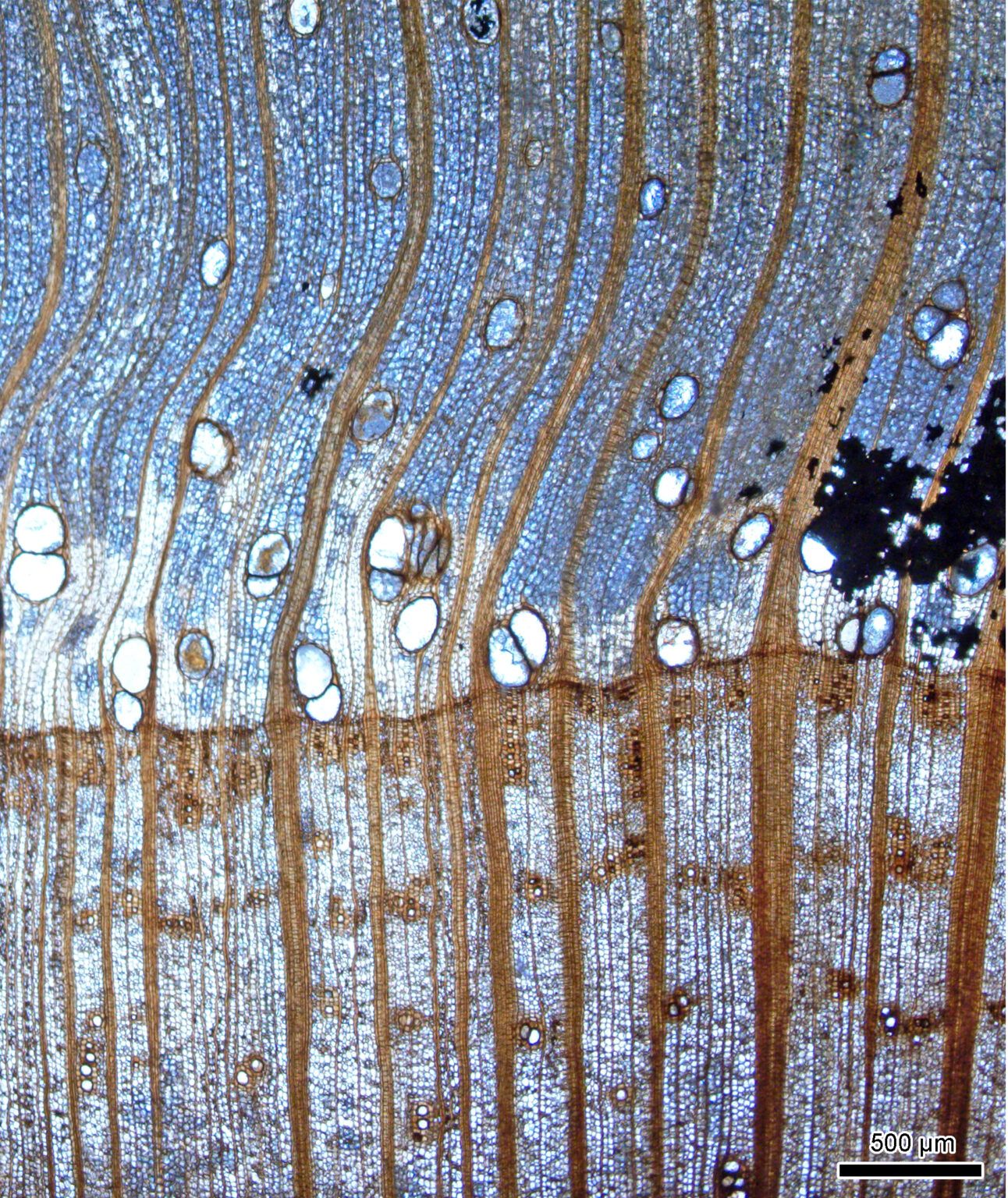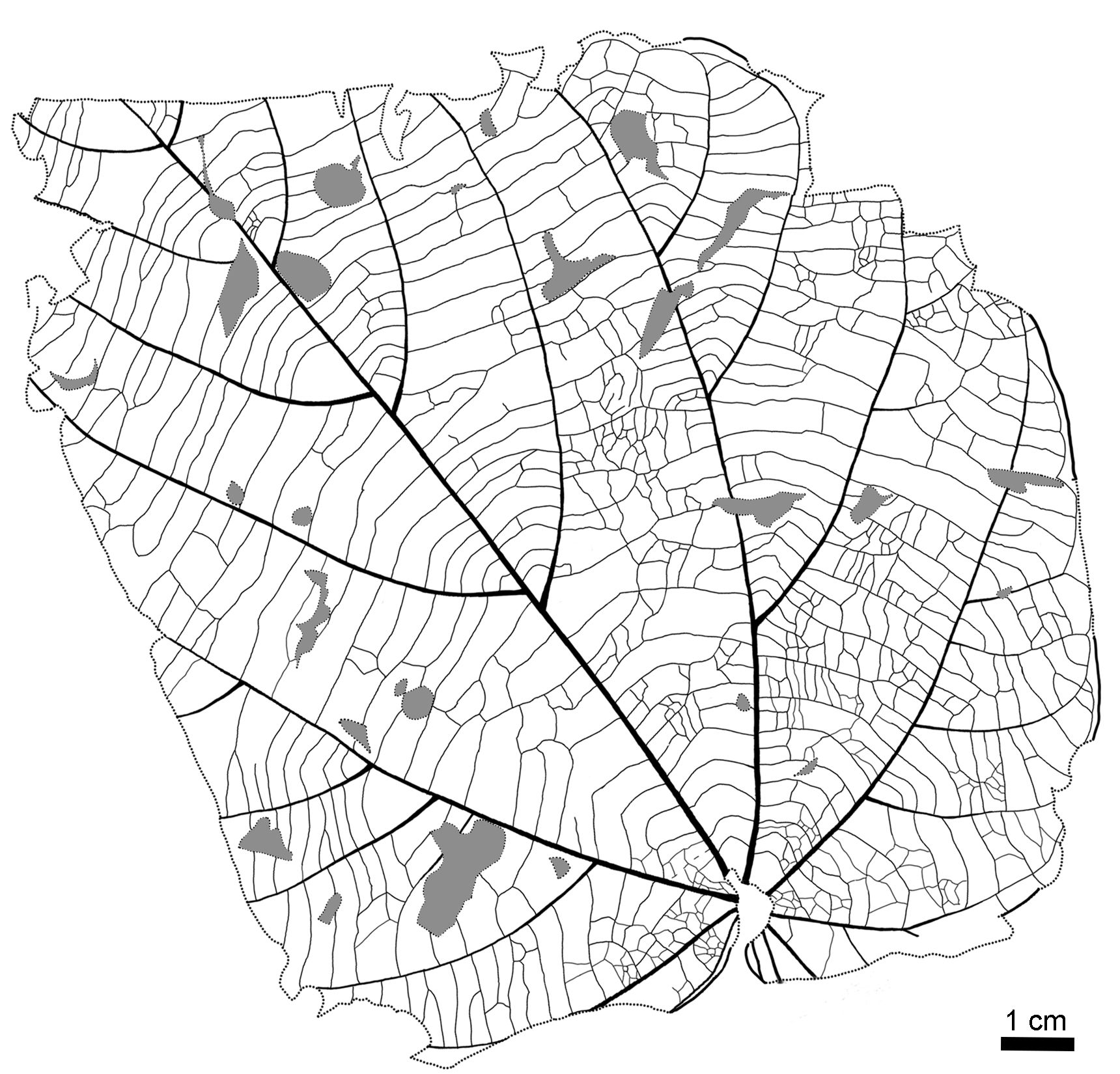Miocene Period Fossil Forest
An exquisitely preserved fossil forest from Japan provides missing links and helps reconstruct a whole Eurasia plant from the late Miocene epoch
Complete plant fossils are seldom found as a single piece, as wood, leaves, flowers, fruits, seeds, or pollen detach easily from plants. This results in leaves and trunks having separate scientific names. Putting together the different parts to reveal the complete plant is like putting together a jigsaw puzzle. Connecting these dots and reconstructing plants is important to establish their taxonomic identity—their place in the Tree of Life.

A research group led by Professor Toshihiro Yamada from the Department of Earth and Planetary Sciences, Hokkaido University, found an exceptionally well-preserved fossil of a Wataria parviporaforest which was almost exclusively accompanied by fossils of Byttneriophyllum leaves. Their findings were published in the journal Scientific Reports.

In 1994, Kiso River (in Minokamo City, Gifu Prefecture) underwent a historic drought, in the process of which 400 in situ fossilized tree stumps surfaced. While most of the stumps have since been submerged, the team examined 137 stumps, of which 130 were identified as Wataria parvipora. "Wataria is a wood-fossil, recognized by its distinctive growth rings, abundant parenchyma rays and lack of resin canals. In the 2000m2 fossil site, these stumps accounted for 95% of the tree remains, indicating that we discovered a forest predominantly of this species," says Yamada.

The team also found that the stumps were exclusively covered by a bed of one specific kind of leaf. Byttneriophyllum tiliifolium is a leaf-fossil species belonging to the mallow family (which includes cotton, cacao and durian). Fossils of this leaf were widely distributed throughout Eurasia during the Miocene and Pliocene epochs and the discovery of the Wataria fossil forest indicates that Byttneriophyllum tiliifolium are the leaves of Wataria.


"We found that 98% of the fossil-leaves found at the site belonged to Byttneriophyllum, strongly indicating that they were shed from the parent trees. We could see that the leaves were deposited paraautochthonously on the forest floor -- they got fossilized where they fell," Yamada elaborated.
Research by other groups has shown that the fossil fruit Banisteriaecarpum giganteum is related to Byttneriophyllum tiliifolium. Future research will focus on searching for Banisteriaecarpum giganteum in Japan, as this discovery would provide strong evidence that all three are part of the same species.
Written by Hokkaido University News
Photos by Toshihiro Yamada & Nishino et al.
